Trevor Hicks arrives at the courtroom in Warringtonpublished at 10:57 BST 26 April 2016
Trevor Hicks, whose teenage daughters Sarah and Vicki died in the Hillsborough disaster, arrives at the inquests.
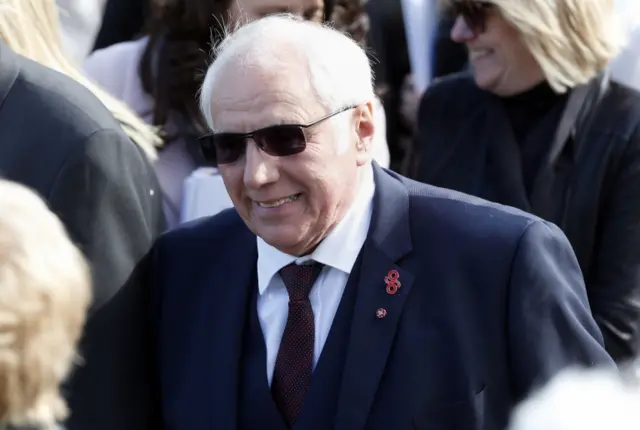 Image source, PA
Image source, PA96 Hillsborough fans unlawfully killed, inquests conclude
The jury had to answer 14 questions about the cause of the 1989 disaster
Jurors answered "yes" when asked whether any police error caused or contributed to a dangerous situation
The behaviour of Liverpool fans did not contribute to the dangerous situation at the turnstiles
South Yorkshire Police Chief Constable David Crompton apologises "unreservedly" to the families and says his force accepts jury's conclusion
Jenny Coleman and Emma Stanley
Trevor Hicks, whose teenage daughters Sarah and Vicki died in the Hillsborough disaster, arrives at the inquests.
 Image source, PA
Image source, PAWithin the next 10 minutes, the jury at the Hillsborough inquests is expected to reveal its conclusions into how 96 football fans were fatally injured in the 1989 stadium disaster.
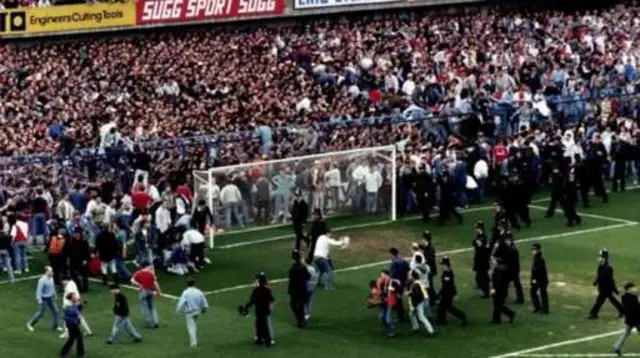 Image source, Hillsborough inquests
Image source, Hillsborough inquestsFor more than two years, the jury of six women and three men has been hearing evidence about how and why those 96 people died.
Their conclusions will be delivered at a specially-built courtroom in Warrington, Cheshire.
 Judith Moritz
Judith Moritz
BBC North of England Correspondent
The courtroom is filling up. There is quiet chatter. Nearly all the family seats are full and Shadow Home Secretary Andy Burnham is sitting at the back.
Hillsborough survivors Chris Lam and campaigner Jim Sharman carry a flag towards the court.

A tribute piece by the Liverpool Echo features pictures of all the victims with words from their families. , external
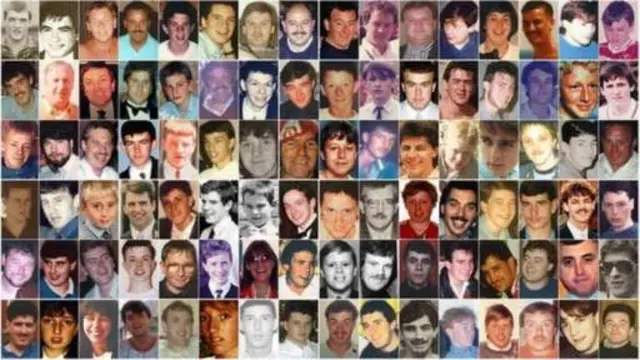
Allow X content?
This article contains content provided by X. We ask for your permission before anything is loaded, as they may be using cookies and other technologies. You may want to read X’s cookie policy, external and privacy policy, external before accepting. To view this content choose ‘accept and continue’.
Allow X content?
This article contains content provided by X. We ask for your permission before anything is loaded, as they may be using cookies and other technologies. You may want to read X’s cookie policy, external and privacy policy, external before accepting. To view this content choose ‘accept and continue’.
Allow X content?
This article contains content provided by X. We ask for your permission before anything is loaded, as they may be using cookies and other technologies. You may want to read X’s cookie policy, external and privacy policy, external before accepting. To view this content choose ‘accept and continue’.
To conclude that fans were unlawfully killed, coroner Sir John Goldring told the jury that it had to be sure match commander Ch Supt David Duckenfield was responsible for their manslaughter.
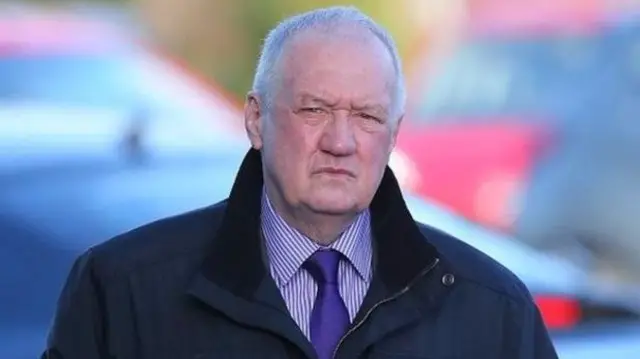 Image source, Getty Images
Image source, Getty ImagesTo answer yes to that question, the jury must agree with four points:
Coroner Sir John Goldring reminded the the jury that the inquests were not a criminal trial and they could not find anybody guilty of a criminal offence.
The jury has been asked to answer 14 detailed questions about what happened at Hillsborough, including whether the 96 victims were unlawfully killed and whether opportunities were lost to save lives on the day.
 Image source, Hillsborough Inquests
Image source, Hillsborough InquestsAfter hearing the pen portraits of the 96 victims, the jury went on to hear evidence about the design of the stadium, police planning and preparation, the emergency response as well as detailed medical evidence and the movements on the day of the victims.
 Image source, Hillsborough Inquests
Image source, Hillsborough InquestsThe inquests heard claims from at least one medical expert that a number of victims might have been saved by a "sustained and earlier" intervention.
The jury also looked at the way South Yorkshire Police gathered evidence from their own officers, with some disputed claims from the families of a cover-up.
Allow X content?
This article contains content provided by X. We ask for your permission before anything is loaded, as they may be using cookies and other technologies. You may want to read X’s cookie policy, external and privacy policy, external before accepting. To view this content choose ‘accept and continue’.
Jenni Hicks, whose teenage daughters both died in the disaster, has spoken to BBC Radio Merseyside about the inquests, and how she felt when she discovered more about what happened to Sarah and Vicki.
Allow X content?
This article contains content provided by X. We ask for your permission before anything is loaded, as they may be using cookies and other technologies. You may want to read X’s cookie policy, external and privacy policy, external before accepting. To view this content choose ‘accept and continue’.
Relatives of the 96 Hillsborough victims fought for many years for the new inquests. Of course, not all of them are still with us.
In 2009, the government set up the Hillsborough Independent Panel to review documents relating to the disaster.
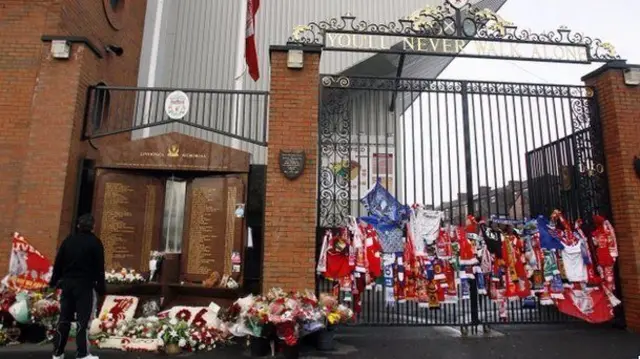 Image source, PA
Image source, PAIn September 2012, the panel produced a report based on 450,000 pages of documents previously stored by the government, other public bodies, private companies and individuals.
A month later, the Attorney General applied for the original inquests to be quashed. In December 2012, following a campaign by the bereaved families, the High Court ordered the fresh hearings which started in March 2014.
Ninety-six men, women and children died as a result of the crush.
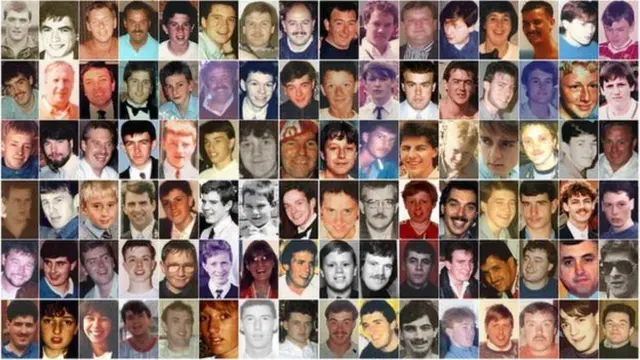 Image source, Other
Image source, OtherThirty-eight were aged 19 or under, with the youngest being 10-year-old Jon-Paul Gilhooley. The oldest Gerard Baron, who was 67.
The inquests are already the longest in Britsh legal history. They began on 31 March 2014 with relatives of the 96 victims invited to read out "pen portraits" of their loved ones. Many then agreed to read their tributes again to a BBC camera crew.
 Image source, Peter Byrne/PA
Image source, Peter Byrne/PADuring 296 days of evidence, testimonies from more than 600 witnesses were heard, more than 4,000 documents were pored over, and video footage was analysed.
Coroner Sir John Goldring began to sum up the evidence on 25 January and it took him a total of 26 days.
Allow X content?
This article contains content provided by X. We ask for your permission before anything is loaded, as they may be using cookies and other technologies. You may want to read X’s cookie policy, external and privacy policy, external before accepting. To view this content choose ‘accept and continue’.
Jurors have been asked to decide whether the 96 supporters were unlawfully killed. We will explore what this means - and the implications - in due course.
 Image source, Hillsborough Inquests
Image source, Hillsborough InquestsThe actions of the emergency services, both before and on the day of the disaster, will be considered, as will the stadium's owners Sheffield Wednesday and its advisers.
Jurors will also consider the fans' behaviour and how police responded to a dangerous situation outside the Sheffield stadium before kick-off.